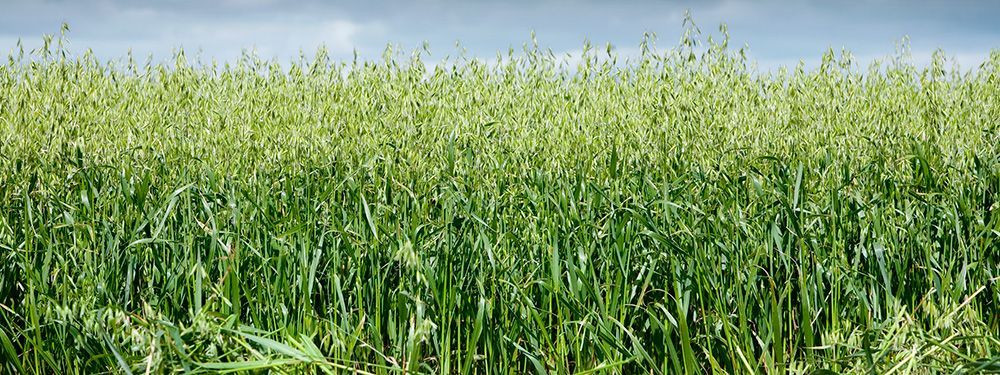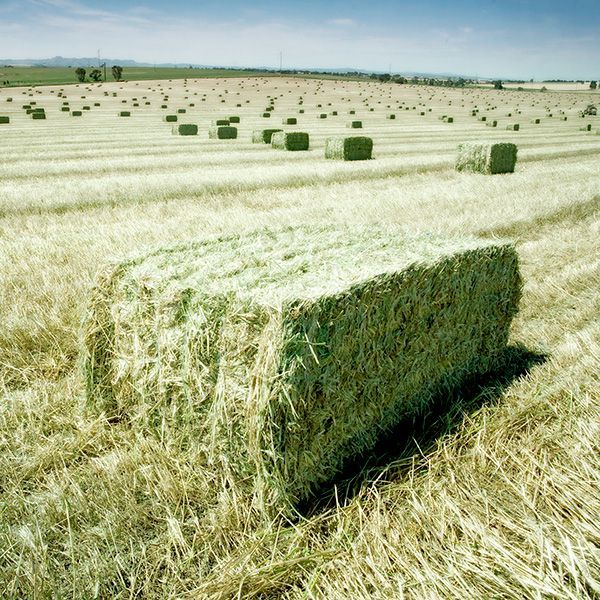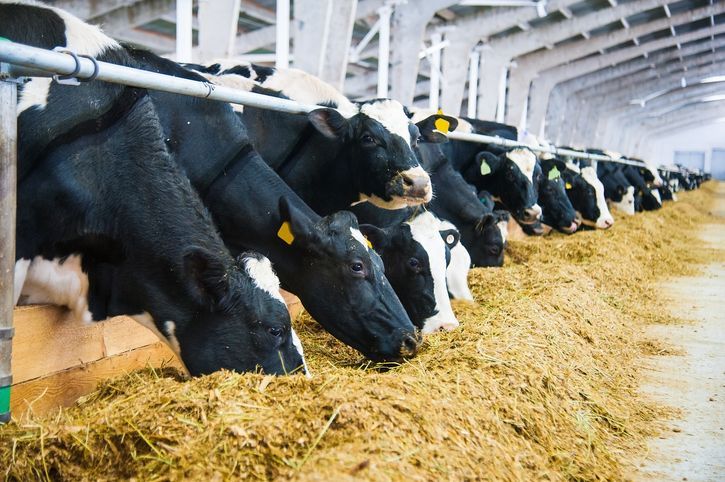Basis Commodities – Australian Hay Update – Friday 24th March 2023

Australian growers planting intentions are usually made by the national holiday of Anzac Day which falls on the 25th of April each year. This date is seen as important as the cropping area will already have seen summer rainfall providing subsoil moisture and the long term weather forecast will already be understood to support crop growth. The Australian Bureau of Meteorology has suggested that La Nina has finished which would lead to drier conditions over the next three to six months during the winter cropping period. Less rain is typically positive for high quality hay. While the yields will be lower, the quality will be higher.

During the two main years of covid, container freight rates in some cases were five times the standard cost, making it prohibitive for the export of Australian Oaten Hay into the Middle East and African markets. The beginning of 2023 has been marked by deliveries of newbuilds of mega-container ships to liner operators. Evergreen has 49 vessels of 463,442 TEU under construction whereas MSC, the market leader, has an orderbook of 133 ships with a total 1.8m TEU. Other ocean liners such as COSCO and CMA CGM have orderbooks of 884,772 TEU and 816, 476 TEU respectively. This situation is providing a positive outlook for competitive ocean freight transport for Australian agricultural products into the Middle East and African markets and we expect that by new crop (October 2023 onwards) that rates will be competitive once again.

It is believed by some nutritionists that Oaten Hay is a substitute for Alfalfa (Lucerne Hay) as a fodder replacement. This is not always the case as Oaten Hay and Alfalfa are able to complement each other within a total mixed ration. With the appropriate ratios of the two fodder types, they are able to work together to provide a greater impact on the diet of milking cows as well as dry cows to improve milk fat production. Basis Commodities has worked with dairy nutritionists and the technical team of our key supplier BALCO Australia to incorporate both fodders in the dairy TMR and demonstrate positive results.

While the 2022/23 season Oaten Hay production did not provide significant quality surplus, there are still shipments heading to the Middle East for regular customers. Working in conjunction with our partners, Basis Commodities is able to provide samples of current season quality hay that can be used as an indicator for the upcoming season. We are confident that with improved freight rates and a dryer growing season, there will be a greater exportable surplus of quality Oaten Hay for the 2023/24 season.
Importers are encouraged to speak to Basis Commodities about their requirements so a quality profile can be created to provide deliveries without disruption, in conjunction with our key supplier BALCO Australia.
Please contact Nader Hassan or Steven Foote, who are available to support any fodder needs for the season.
Steven Foote
Sydney, Australia
M:
0408 308 908
E:
steven@basiscommodities.com
Nader Hassan
Dubai, UAE
M:
+971566915688
E:
nader@basiscommodities.com
Sign up for our mailing list.
If you’d like to be added to our mailing list and receive these updates direct to your inbox each month, email info@basiscommodities.com with your name and email address.
The post Basis Commodities – Australian Hay Update – Friday 24th March 2023 appeared first on Basis Commodities.
Share This Article
Other articles you may like
Sign Up
Enter your email address below to sign up to the Basis Commodities newsletter.








